-
 Bitcoin
Bitcoin $117500
2.15% -
 Ethereum
Ethereum $3911
6.19% -
 XRP
XRP $3.316
10.79% -
 Tether USDt
Tether USDt $1.000
0.01% -
 BNB
BNB $787.2
2.24% -
 Solana
Solana $175.2
4.15% -
 USDC
USDC $0.9999
0.00% -
 Dogecoin
Dogecoin $0.2225
8.40% -
 TRON
TRON $0.3383
0.28% -
 Cardano
Cardano $0.7868
6.02% -
 Stellar
Stellar $0.4382
9.34% -
 Hyperliquid
Hyperliquid $40.92
7.56% -
 Sui
Sui $3.764
7.63% -
 Chainlink
Chainlink $18.48
10.66% -
 Bitcoin Cash
Bitcoin Cash $582.1
1.88% -
 Hedera
Hedera $0.2601
6.30% -
 Avalanche
Avalanche $23.33
4.94% -
 Ethena USDe
Ethena USDe $1.001
0.02% -
 Litecoin
Litecoin $122.3
2.04% -
 UNUS SED LEO
UNUS SED LEO $8.969
-0.27% -
 Toncoin
Toncoin $3.339
0.86% -
 Shiba Inu
Shiba Inu $0.00001287
4.30% -
 Uniswap
Uniswap $10.43
7.38% -
 Polkadot
Polkadot $3.861
5.08% -
 Dai
Dai $1.000
0.02% -
 Bitget Token
Bitget Token $4.513
3.41% -
 Monero
Monero $267.7
-6.18% -
 Cronos
Cronos $0.1499
4.14% -
 Pepe
Pepe $0.00001110
5.15% -
 Aave
Aave $284.9
8.28%
How to switch different chains in MetaMask?
Switching chains in MetaMask is easy: open the wallet, select the network from the dropdown, and confirm. Ensure you use correct network details for security.
Apr 17, 2025 at 10:01 pm
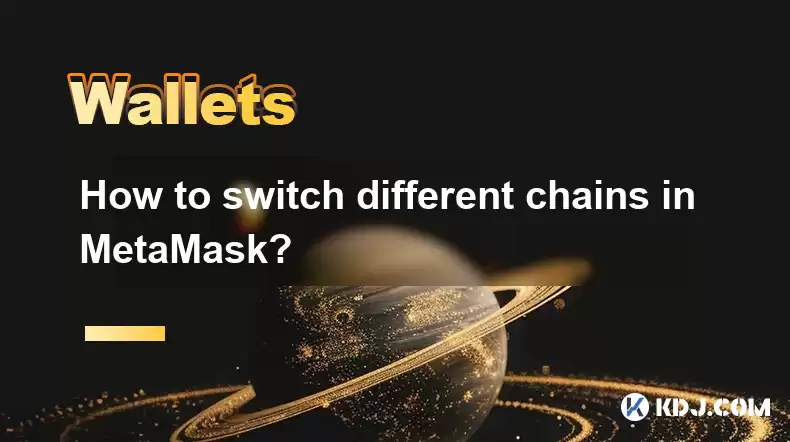
Switching between different blockchain networks in MetaMask is a fundamental skill for anyone engaging with decentralized applications (dApps) and cryptocurrencies. Whether you're looking to interact with Ethereum, Binance Smart Chain, Polygon, or any other supported network, MetaMask provides a user-friendly interface to manage your connections. This article will guide you through the process of switching between different chains in MetaMask, ensuring you can seamlessly navigate the decentralized ecosystem.
Understanding MetaMask and Blockchain Networks
Before diving into the steps, it's important to understand what MetaMask is and the concept of blockchain networks. MetaMask is a popular cryptocurrency wallet and gateway to blockchain apps. It allows users to store, send, and receive digital assets, as well as interact with dApps. Blockchain networks, on the other hand, are the underlying infrastructures that support these digital assets and applications. Each network operates independently with its own set of rules, tokens, and dApps.
Preparing to Switch Chains in MetaMask
To switch chains in MetaMask, you'll need to ensure that you have the latest version of the MetaMask extension installed in your browser. Additionally, you should be familiar with the network you want to switch to, including its network ID and RPC URL. These details can typically be found on the official website of the blockchain network you wish to connect to.
Step-by-Step Guide to Switching Chains
Here's a detailed guide on how to switch between different chains in MetaMask:
Open MetaMask: Start by clicking on the MetaMask icon in your browser's toolbar to open the wallet.
Access Network Settings: In the MetaMask interface, click on the network dropdown menu at the top of the window. This menu will show the currently selected network.
Add a New Network: If the network you want to switch to is not listed, click on "Add Network" or "Custom RPC" at the bottom of the dropdown menu.
Enter Network Details: A new window will open where you can enter the details of the new network. Fill in the following fields:
- Network Name: Enter a name for the network (e.g., "Binance Smart Chain").
- New RPC URL: Enter the RPC URL for the network. This is usually provided by the network's official documentation.
- Chain ID: Enter the chain ID for the network.
- Currency Symbol: Enter the symbol for the network's native cryptocurrency (e.g., "BNB" for Binance Smart Chain).
- Block Explorer URL: Optionally, enter the URL for the network's block explorer.
Save the Network: After entering all the required information, click "Save" to add the new network to your MetaMask.
Switch to the New Network: Once the network is added, you can switch to it by selecting it from the network dropdown menu.
Switching Between Existing Networks
If the network you want to switch to is already added to your MetaMask, the process is even simpler:
Open MetaMask: Click on the MetaMask icon in your browser's toolbar to open the wallet.
Select the Network: Click on the network dropdown menu at the top of the window and select the desired network from the list.
Confirm the Switch: MetaMask will automatically switch to the selected network, and you can start interacting with dApps and assets on that network.
Troubleshooting Common Issues
Switching chains in MetaMask is generally straightforward, but you might encounter some issues. Here are some common problems and their solutions:
Invalid Network ID: If you enter an incorrect network ID, MetaMask will not be able to connect to the network. Double-check the network ID against the official documentation.
RPC URL Issues: If the RPC URL you entered is incorrect or the server is down, MetaMask will not be able to connect. Try using a different RPC URL provided by the network.
Network Not Appearing: If the network you added does not appear in the dropdown menu, try refreshing the MetaMask page or restarting your browser.
Security Considerations When Switching Chains
When switching between different blockchain networks, it's important to keep security in mind. Always verify the details of the network you are connecting to, as malicious actors can create fake networks to steal your funds. Additionally, be cautious when interacting with dApps on new networks, as they may have different security standards and risks.
Frequently Asked Questions
Q: Can I switch chains in MetaMask on mobile?
A: Yes, you can switch chains in the MetaMask mobile app. The process is similar to the desktop version. Open the app, tap on the network dropdown at the top, and select or add the network you want to switch to.
Q: What should I do if I can't find the network I want to switch to?
A: If the network is not listed in MetaMask, you can manually add it using the "Custom RPC" option. Make sure to use the correct network details from the official documentation of the blockchain network.
Q: Is it safe to switch between different chains in MetaMask?
A: Switching between chains in MetaMask is generally safe as long as you use the correct network details and are cautious when interacting with new networks and dApps. Always verify the authenticity of the network and be aware of the security risks associated with different blockchain ecosystems.
Q: Can I have multiple networks active at the same time in MetaMask?
A: No, MetaMask allows you to be connected to only one network at a time. However, you can easily switch between different networks using the network dropdown menu.
Disclaimer:info@kdj.com
The information provided is not trading advice. kdj.com does not assume any responsibility for any investments made based on the information provided in this article. Cryptocurrencies are highly volatile and it is highly recommended that you invest with caution after thorough research!
If you believe that the content used on this website infringes your copyright, please contact us immediately (info@kdj.com) and we will delete it promptly.
- SNEK, Cardano, and the Contributor's Conundrum: A Meme Coin's Fight for Recognition
- 2025-08-08 16:30:12
- Toshi Crypto's Wild Ride: Rally, Demand Slump, and What's Next
- 2025-08-08 16:30:12
- Ethereum, Staking Yields, and DeFi Exposure: A New Era for Investors?
- 2025-08-08 15:10:12
- Unilabs Pumps MIA, Binance Coin Bouncing Back, and Ethereum's Bearish Blues
- 2025-08-08 15:10:12
- Ethereum's Wyckoff Markup and Market Rotation: A New Era?
- 2025-08-08 15:30:12
- Ethereum, Vitalik Buterin, and the Overleveraged Game: A Balancing Act
- 2025-08-08 15:30:12
Related knowledge
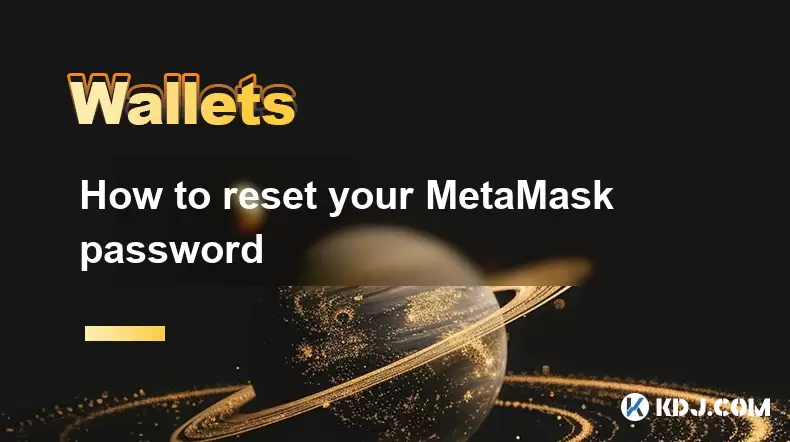
How to reset your MetaMask password
Aug 08,2025 at 01:28pm
Understanding the MetaMask Password Reset ProcessMany users confuse the MetaMask password with the seed phrase or private key, but they serve differen...
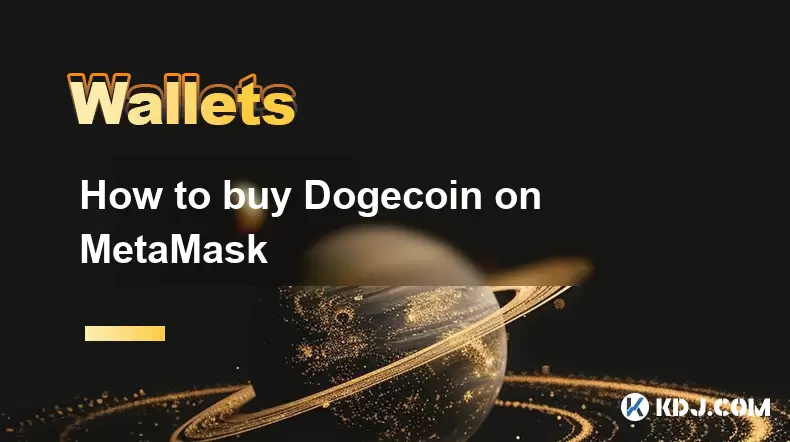
How to buy Dogecoin on MetaMask
Aug 08,2025 at 03:42am
Understanding Dogecoin and MetaMask CompatibilityDogecoin (DOGE) is a popular meme-based cryptocurrency that operates on its own blockchain, originall...
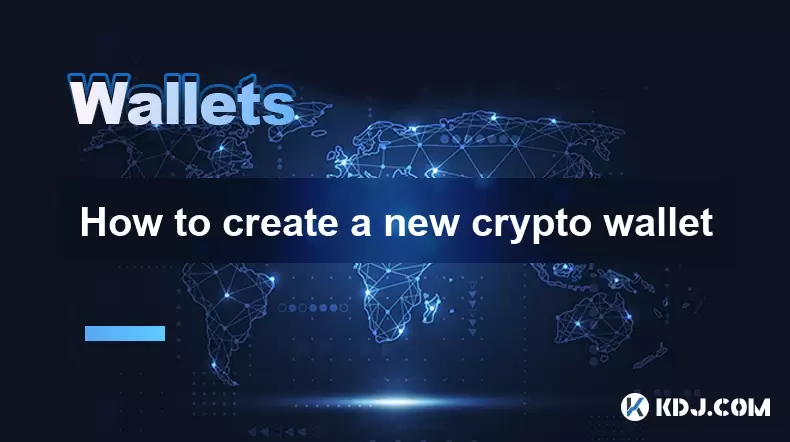
How to create a new crypto wallet
Aug 07,2025 at 09:22pm
Understanding the Basics of a Cryptocurrency WalletA cryptocurrency wallet is a digital tool that allows users to store, send, and receive digital ass...
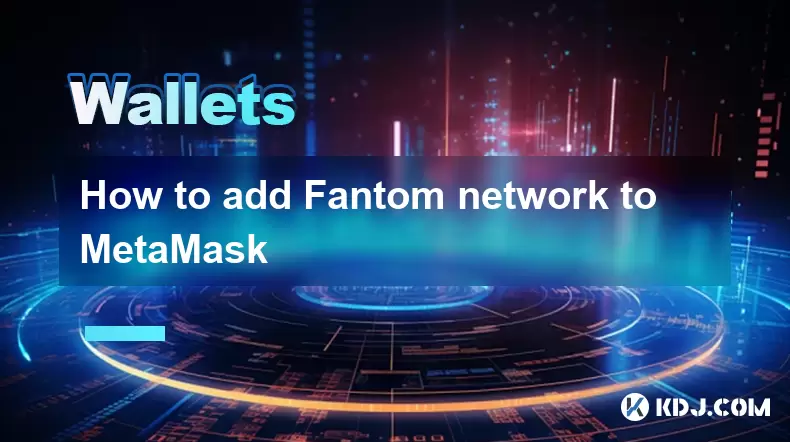
How to add Fantom network to MetaMask
Aug 07,2025 at 08:21am
Understanding the Fantom Network and MetaMask IntegrationThe Fantom network is a high-performance, scalable, and secure blockchain platform designed f...
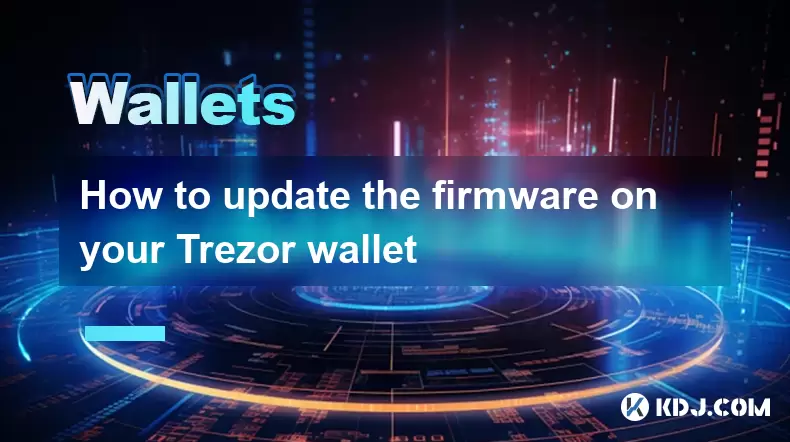
How to update the firmware on your Trezor wallet
Aug 07,2025 at 05:00pm
Understanding the Role of Staking in Cryptocurrency EcosystemsStaking has become a fundamental component of many blockchain networks that operate unde...
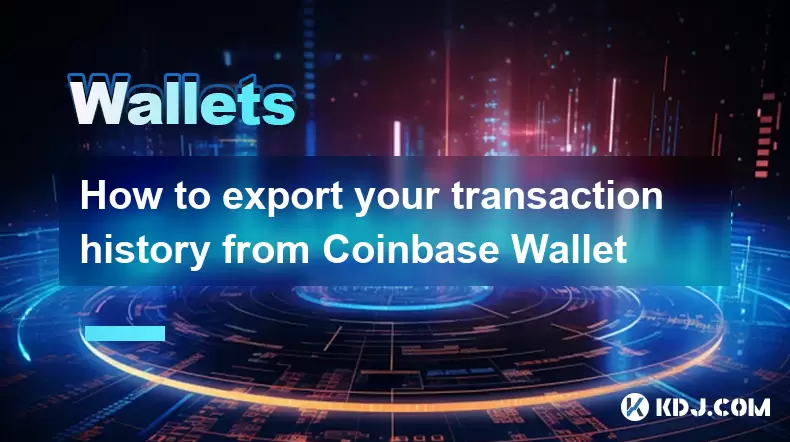
How to export your transaction history from Coinbase Wallet
Aug 07,2025 at 06:50am
Understanding Coinbase Wallet and Transaction HistoryCoinbase Wallet is a self-custodial cryptocurrency wallet that allows users to store, manage, and...

How to reset your MetaMask password
Aug 08,2025 at 01:28pm
Understanding the MetaMask Password Reset ProcessMany users confuse the MetaMask password with the seed phrase or private key, but they serve differen...

How to buy Dogecoin on MetaMask
Aug 08,2025 at 03:42am
Understanding Dogecoin and MetaMask CompatibilityDogecoin (DOGE) is a popular meme-based cryptocurrency that operates on its own blockchain, originall...

How to create a new crypto wallet
Aug 07,2025 at 09:22pm
Understanding the Basics of a Cryptocurrency WalletA cryptocurrency wallet is a digital tool that allows users to store, send, and receive digital ass...

How to add Fantom network to MetaMask
Aug 07,2025 at 08:21am
Understanding the Fantom Network and MetaMask IntegrationThe Fantom network is a high-performance, scalable, and secure blockchain platform designed f...

How to update the firmware on your Trezor wallet
Aug 07,2025 at 05:00pm
Understanding the Role of Staking in Cryptocurrency EcosystemsStaking has become a fundamental component of many blockchain networks that operate unde...

How to export your transaction history from Coinbase Wallet
Aug 07,2025 at 06:50am
Understanding Coinbase Wallet and Transaction HistoryCoinbase Wallet is a self-custodial cryptocurrency wallet that allows users to store, manage, and...
See all articles

























































































